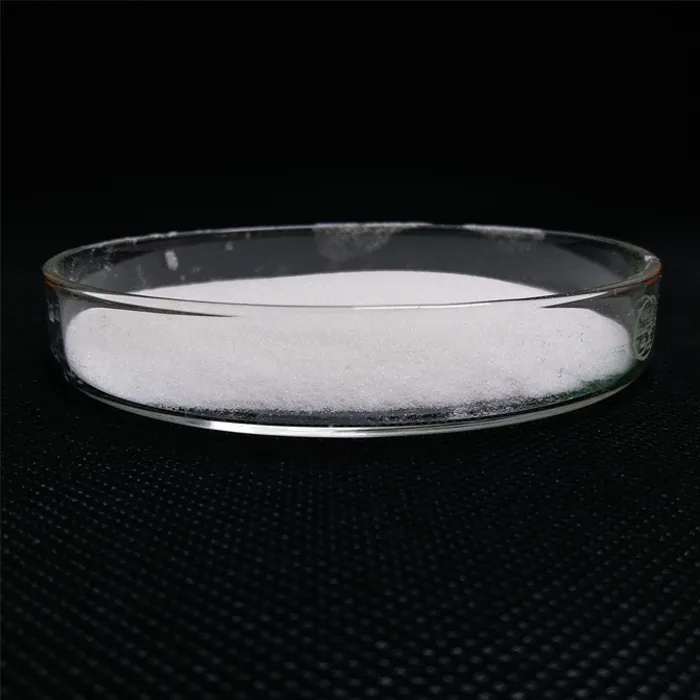The Role of Additives in PET Plastics Enhancing Performance and Sustainability
Polyethylene Terephthalate (PET) has become one of the most widely used thermoplastics in the world, particularly in food and beverage packaging, textiles, and various consumer goods. While PET is celebrated for its clarity, strength, and recyclability, its performance can be significantly enhanced through the incorporation of various additives. These additives play a crucial role in addressing the limitations of PET, improving its properties, and contributing to sustainable practices. This article explores the types of additives used in PET production and their respective benefits.
Types of PET Additives
1. Stabilizers Stabilizers are essential in enhancing the thermal and UV stability of PET. They prevent degradation during processing and extend the material's lifespan when exposed to sunlight. Common stabilizers include UV absorbers and antioxidants, which help maintain the integrity of PET under varying environmental conditions.
2. Fillers Fillers, such as talc, calcium carbonate, and glass fibers, are often added to PET to improve its mechanical properties, including stiffness and impact resistance. These materials can also reduce production costs by partially replacing more expensive PET resin, making it a cost-effective alternative without compromising quality.
3. Colorants and Pigments To achieve specific aesthetic qualities, colorants and pigments can be incorporated into PET. This not only enhances the visual appeal of the final product but also provides functional benefits such as UV protection and heat resistance, particularly in applications like automotive parts and outdoor products.
4. Plasticizers While PET is known for its rigidity, the inclusion of plasticizers can enhance its flexibility and softness. Plasticizers such as phthalates or non-phthalate alternatives can be used to modify the material's mechanical properties, making it suitable for applications requiring greater elongation or impact resistance.
5. Antimicrobial Agents With growing concerns over hygiene and food safety, antimicrobial additives are increasingly integrated into PET, particularly in food packaging. These agents inhibit the growth of bacteria and fungi, helping to extend the shelf life of products and meet regulatory standards.
pet plastic additives

Benefits of Using Additives in PET
The inclusion of additives in PET not only enhances its performance but also addresses environmental concerns associated with plastic use. Here are some of the key benefits
1. Improved Performance Additives can significantly enhance the mechanical, thermal, and chemical properties of PET, making it suitable for a wider range of applications. For instance, the addition of glass fibers can enhance rigidity, while UV stabilizers protect against sunlight exposure, making PET ideal for outdoor applications.
2. Extended Lifespan Additives like stabilizers improve the durability of PET products, reducing the frequency of replacements and waste. This is particularly vital in sectors such as packaging, where a longer lifespan can lead to reduced environmental impact.
3. Sustainability Enhancements The development of bio-based additives and the recycling of PET with additives designed for compatibility with the recycling process contribute to a more sustainable lifecycle for PET products. Innovations in bio-additives are paving the way for greener alternatives that maintain performance while reducing dependency on fossil fuels.
4. Cost Efficiency Fillers can reduce production costs by substituting a portion of the PET resin. This not only helps manufacturers maintain competitive pricing but also reduces the overall environmental impact by lowering the volume of virgin materials required.
Conclusion
Additives are indispensable in the realm of PET plastics. They not only improve the material's performance and functionality but also support sustainability initiatives and cost efficiency. As the demand for high-performance, eco-friendly materials continues to grow, the development and utilization of advanced additives will play a pivotal role in shaping the future of PET and its applications. By embracing these innovations, manufacturers can contribute to a more sustainable and efficient plastic landscape, meeting both consumer needs and environmental responsibilities.

